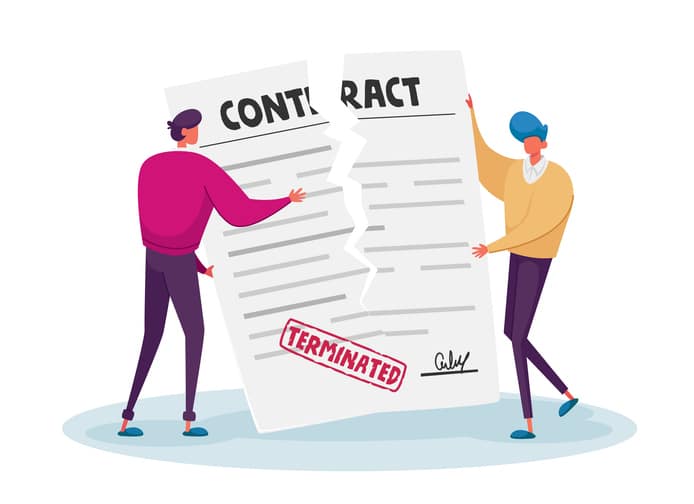A termination letter might be short, but it carries weight. It’s the official record of an employment decision and can end up in court if something goes wrong. When written clearly, it protects the company and helps employees understand what’s happening by ensuring key details are communicated along with any action items they need to complete, such as returning company property, receiving final pay, and/or reviewing benefit options. When written poorly, it can look careless or inconsistent and put the company at risk.
Mistake #1: Using Emotional or Apologetic Language
Phrases like “We regret to inform you” or “This was a difficult decision” may sound kind but can imply guilt or uncertainty. Termination letters should be factual and neutral. The goal is clarity, not comfort.
Better approach: “Your employment with [Company Name] will end effective [Date].” That’s it. Leave the empathy for the conversation, not the document.
Mistake #2: Saying Too Much—or Not Enough
A termination letter should confirm the decision, not defend it. Providing extensive details about the reason is not recommended. At the same time, vague or inconsistent language creates confusion and weakens your records. The goal is to provide a clear, direct reason that is concise and leaves no room for misinterpretation.
If the letter says “performance issues” but your internal notes say “attendance,” that mismatch can cause problems. Keep the reason consistent and accurate across all documentation, use neutral phrasing, and verify the language before sending.
Mistake #3: Leaving Out Required Details
Each state has its own requirements for what must be included when employment ends. In most cases, the letter should state the employee’s final day of work, when and how their last paycheck will be issued, whether unused vacation or Paid Time Off (PTO) will be paid, and when benefits end, including COBRA information if applicable. Missing this information can cause compliance issues or delay payments.
Mistake #4: Skipping Legal Review
If you’re unsure about a termination, especially one involving performance, behavior, or potential disputes, have your HR partner or legal counsel review the letter. A quick review can confirm compliance and ensure your language aligns with policy and documentation. It’s one of the simplest ways to protect both your organization and the employee’s rights.

Final Thoughts
Termination letters don’t have to be long or emotional. They just need to be accurate, consistent, and compliant. Every word should serve a purpose, and every statement should match the record behind it.
Want to make sure your termination process protects your company and your team?
Let’s talk about how we can support your compliance and hiring goals.









